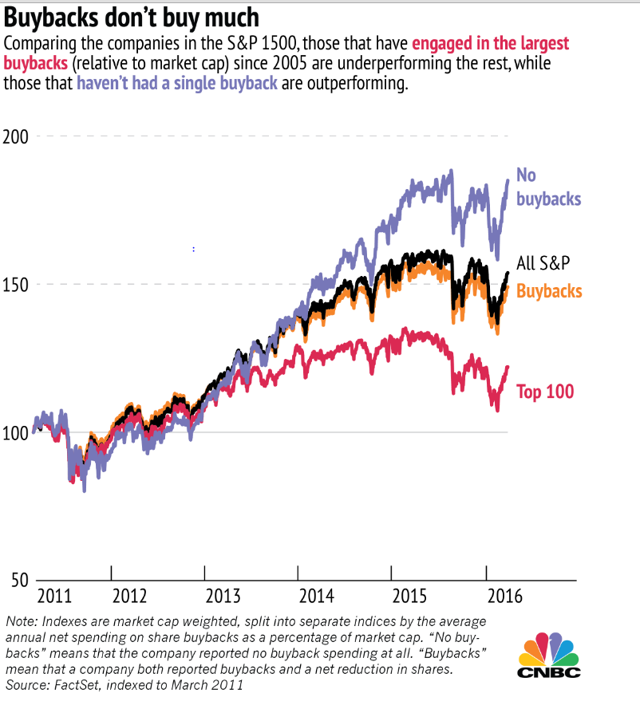This article was written by
Friedrich is the name given to our algorithm for analyzing companies that trade on the global stock markets. In creating Friedrich we concentrated on analyzing each company’s Main Street operations through various established ratios, along with our own unique ratios that we developed over the last 30 years. What we came up with is a final "Main Street" price per share based on Generally Accepted Accounting Principles (GAAP), which is a framework of accounting standards, rules and procedures defined by the professional accounting industry, which has been adopted by nearly all publicly traded U.S. companies. We feel that our Main Street price result is what each company would need to trade at in order to be attractive to a businessperson on Main Street looking to buy at a bargain.
Since the only constant in the universe is change, the results for each company fluctuate by varying degrees. No company is an island unto itself, but each operates in a world of constant change and at times in areas where Chaos is the norm. By analyzing a company’s Main Street operations over time, Friedrich is able to give the potential investor a decade long analysis (opinion) as well as offering a Trailing Twelve Month (TTM) analysis (opinion), as well. Thus our readers will not only get as close to a real time view of operations on Main Street as is possible, but then can measure the consistency of the company’s operations over time to determine if s/he should invest or not.
Through our Friedrich algorithm we can analyze ten years of Balance Sheet, Income Statement and Cash Flow Statement data for each company all at once and generate one final result in seconds. Friedrich was designed to be ultra-conservative and thus will cut zero slack to any company under analysis and will do so with zero emotion. Companies must be exceptional in order to get an attractive Main Street valuation and the ideal investments according to our backtesting are the ones that have been consistent over time.
By being so ultra conservative Friedrich is designed to identify bargains that Wall Street investors may have overlooked. Companies shares may trade on the stock market but the companies themselves operate on Main Street, so Friedrich is designed to generate a Main Street price per share first and only then does he go to Wall Street and see the price for which Benjamin Graham’s “Mr. Market” is offering the shares.
Analyst’s Disclosure:I am/we are long AAPL. I wrote this article myself, and it expresses my own opinions. I am not receiving compensation for it (other than from Seeking Alpha). I have no business relationship with any company whose stock is mentioned in this article.
Seeking Alpha's Disclosure: Past performance is no guarantee of future results. No recommendation or advice is being given as to whether any investment is suitable for a particular investor. Any views or opinions expressed above may not reflect those of Seeking Alpha as a whole. Seeking Alpha is not a licensed securities dealer, broker or US investment adviser or investment bank. Our analysts are third party authors that include both professional investors and individual investors who may not be licensed or certified by any institute or regulatory body.
